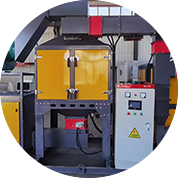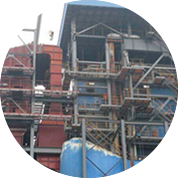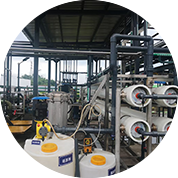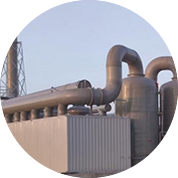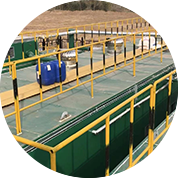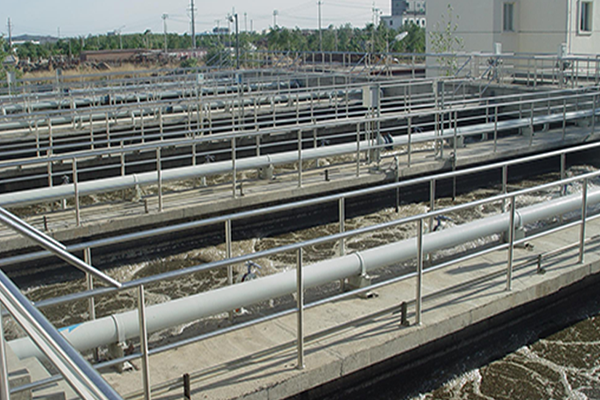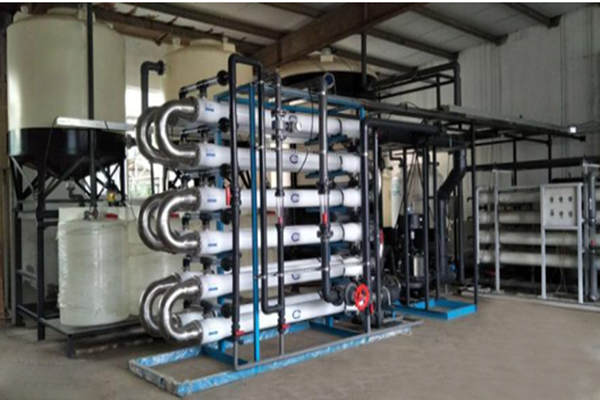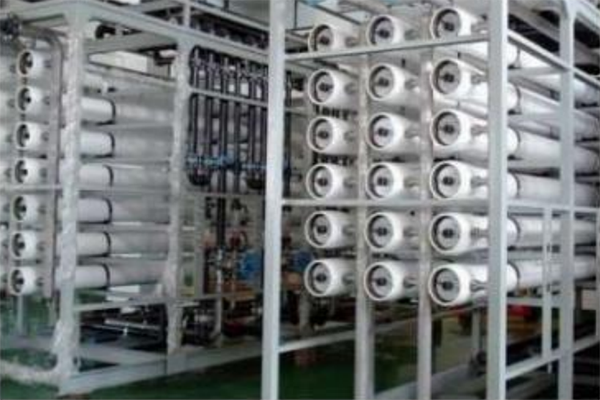
Welcome to Ruiming Environment!
News
 Hotline
Hotline
Waste activated carbon hazardous waste or general solid waste how to determine?
Waste activated carbon hazardous waste or general solid waste how to determine?
With the increasing awareness of environmental protection, environmental protection has become the focus of social attention. Activated carbon, as a highly efficient adsorbent, plays an indispensable role in environmental protection. However, the question of whether the waste formed after activated carbon adsorption constitutes hazardous waste has triggered a wide discussion. What legal liability will I have if I dispose of such waste illegally? Next, Ruiming Environment will reveal the truth behind this for you.
A, domestic sewage, pure water treatment waste activated carbon belong to the general solid waste?
According to the "Hazardous Waste List" and "Solid Waste Classification and code", activated carbon suspension belongs to waste water, and the treated activated carbon belongs to solid waste. However, if the substance adsorbed by activated carbon is hazardous waste, then the waste activated carbon is hazardous waste. For example, the exhaust gas in the spraying process belongs to volatile organic compounds (VOCs), the activated carbon generally used for VOCs treatment, and the hazardous waste code after adsorption and saturation is HW49, 900-099-49, which is hazardous waste. The food industry is all food grade materials, and it can be basically determined that the adsorbed components are harmless and belong to general solid waste.
B, whether the activated carbon of water treatment in the food industry belongs to the problem of hazardous waste
In the food industry, due to the processing of food grade materials, it can be basically determined that the adsorbed ingredients should be harmless. According to the provisions of the National Hazardous Waste List (2021 edition), if the substance adsorbed by activated carbon is hazardous waste, then the waste activated carbon is hazardous waste. Because the materials in the food industry are food grade, the activated carbon for water treatment in the food industry does not belong to hazardous waste, but to general solid waste.
C, activated carbon treatment standard
In the treatment of VOCs exhaust gas emitted during the production process, we use activated carbon adsorption. But the next question is, should these adsorbed activated carbons be classified as hazardous waste?
Activated carbon itself is not classified as hazardous waste, as specified by the National Hazardous Waste List. However, after adsorption and treatment of VOCs exhaust gases, spent activated carbon may become contaminated with toxic substances or possess other hazardous properties, so that it may be reassessed as hazardous waste. Therefore, when dealing with these waste activated carbon, we need to pay special attention to whether it is contaminated with toxic substances or has other dangerous properties to ensure that it is properly treated and disposed of.
D. Liability for illegal disposal of activated carbon
The liability for illegal disposal of activated carbon is divided into civil liability and criminal liability:
Civil liability:
According to the provisions of the Solid Waste Law, those who cause environmental pollution accidents caused by solid waste shall bear compensation liability according to law.
Criminal liability:
Whoever, in violation of State regulations, discharges, dumps or treats radioactive waste, waste containing pathogens of infectious diseases, toxic substances or other harmful substances, thus seriously polluting the environment shall be sentenced to fixed-term imprisonment of not more than three years or criminal detention and shall also, or shall only, be fined; If the consequences are especially serious, he shall be sentenced to fixed-term imprisonment of not less than three years but not more than seven years and shall also be fined.
E. How to dispose of activated carbon reasonably
When enterprises treat the waste activated carbon generated by VOCs exhaust gas, they must first develop a detailed hazardous waste management plan and file it in accordance with relevant national regulations. This is the first step in ensuring that waste is disposed of in compliance. Secondly, enterprises shall not dispose of waste activated carbon without authorization, but should choose units or individuals with appropriate qualifications to be responsible for its safe disposal to ensure that it will not cause potential harm to the environment. Finally, when selecting and using activated carbon, enterprises should pay special attention to its quality and select the appropriate types and specifications to ensure that the treatment effect can achieve the expected goals, while reducing the generation of waste activated carbon and the difficulty of subsequent treatment.
F. Disposal method of activated carbon
Regeneration: The used activated carbon is regenerated by high-temperature steam or inert gas hot nitrogen stream to remove adsorbed impurities and restore its activity. Chemical agents or microorganisms can also be used to degrade organic pollutants adsorbed by activated carbon.
Recycling: reuse activated carbon as fuel after incineration, or use activated carbon as part of biological pretreatment to solve the problem of organic pollutants treatment while making activated carbon reused.
Safe treatment: If activated carbon is not suitable for use again, you can choose safe treatment. Such as curing, deep treatment or incineration. In landfill treatment, it is necessary to use underground microorganisms to degrade its organic components and reduce the impact of waste on the environment.
In general, activated carbon itself is not generally considered hazardous waste. However, after the adsorption treatment process, the adsorbed waste can be potentially hazardous. Therefore, when dealing with activated carbon, enterprises must carefully evaluate their waste properties according to the specific situation, scientific classification, and reasonable disposal to achieve the effective use of resources and sustainable development of the environment. And strictly abide by the relevant national laws and regulations for disposal. This can improve the natural environment and enhance the quality of human settlements.
- More > Where does the wastewater from chemical production end up after treatment? Is it drinkable?
- More > Sewage treatment technology knowledge
- More > The advantages of electroplating sewage treatment equipment
- More > Uncovering the black technology of ethanol waste gas treatment: a new chapter of green transformation
- More > Solar torch burning equipment: the perfect integration of environmental protection and efficiency
- More > Inclined tube sedimentation tank: The optimal solution for efficient water treatment?
- More > Where is the industrial pure water equipment?
- More > Whole-house deep water purification solution: dedicated to creating a healthy and comfortable home environment
- More > Reveal it! The price of 10 tons of water purification equipment starts from the bottom, is your budget enough?
- More > Analysis of the processing flow and working principle of MBR integrated equipment
Tags for this article:Activated carbon, hazardous waste activated carbon, solid waste activated carbon, activated carbon recovery
Shenzhen Ruiming Environmental Technology Co., Ltd.
-
 Phone:13823530689
Phone:13823530689 -
 E-mail:szrme_008@126.com
E-mail:szrme_008@126.com -
 Phone:0755-86208689
Phone:0755-86208689 -
 Address:Building 47, Xinwei Village, Xili Street, Nanshan District, Shenzhen
Address:Building 47, Xinwei Village, Xili Street, Nanshan District, Shenzhen Copyright © 2022 Building 47, Xinwei Village, Xili Street, Nanshan District, Shenzhen All Rights Reserved.
 Tik Tok
Tik Tok
 Public number
Public number
Hotline:13823530689

